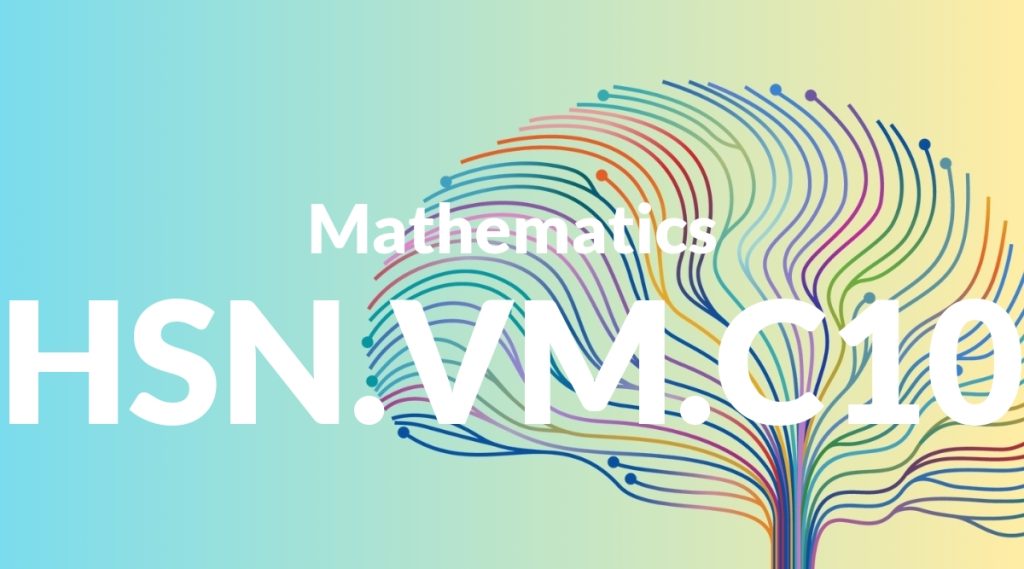Standard: HSN.VM.C10 – (+) Understand that the zero and identity matrices play a role in matrix addition and multiplication similar to the role of 0 and 1 in the real numbers. The determinant of a square matrix is nonzero if and only if the matrix has a multiplicative inverse.
Grade level: High School: Number and Quantity
Subject: Mathematics
Domain: Vector & Matrix Quantities
Teacher Overview
This standard focuses on understanding the roles of zero and identity matrices within matrix operations, analogous to the roles of 0 and 1 in real-number operations. This understanding is crucial for students as it lays the groundwork for more advanced topics in linear algebra and its applications in various fields. Students should be comfortable with basic matrix operations and understand the properties of determinants and inverse matrices. They should also have a firm grasp of the roles of 0 and 1 in real-number operations.
Mastering this standard will enable students to tackle more complex matrix operations and applications, such as solving systems of linear equations, performing eigenvalue and eigenvector analysis, and applying matrices in diverse fields like physics, engineering, and computer science.
Common Misconception 1
Some students might think that the zero matrix has an inverse, which is incorrect. The zero matrix does not have an inverse because its determinant is zero, and only matrices with nonzero determinants can have inverses.
Intervention 1
Provide examples and counterexamples to illustrate why the zero matrix cannot have an inverse. Use visual aids and step-by-step calculations to show the necessity of a nonzero determinant for the existence of an inverse.
Common Misconception 2
Another common misconception is that any matrix with a nonzero determinant automatically has an inverse. While a nonzero determinant is a necessary condition, students must also understand the process of finding and verifying the inverse.
Intervention 2
Teach students the step-by-step process of finding the inverse of a matrix and provide practice problems to reinforce this skill. Emphasize the importance of verification through matrix multiplication.
Prerequisite Knowledge
Students should have a solid understanding of basic matrix operations, including matrix addition, scalar multiplication, and matrix multiplication. They should also be familiar with the concepts of determinants and inverse matrices, as well as the properties of real numbers, particularly the roles of 0 and 1.
Subsequent Knowledge
After mastering this standard, students will be able to apply matrix operations in more complex scenarios, such as solving larger systems of linear equations, performing eigenvalue and eigenvector analysis, and utilizing matrices in various applied fields like physics, engineering, and computer science.
Instructional Activities
- Matrix addition and multiplication exercises
- Determinant calculation practice
- In-class demonstrations of zero and identity matrices
- Real-world application projects involving matrices
- Group discussions on the properties of matrices




